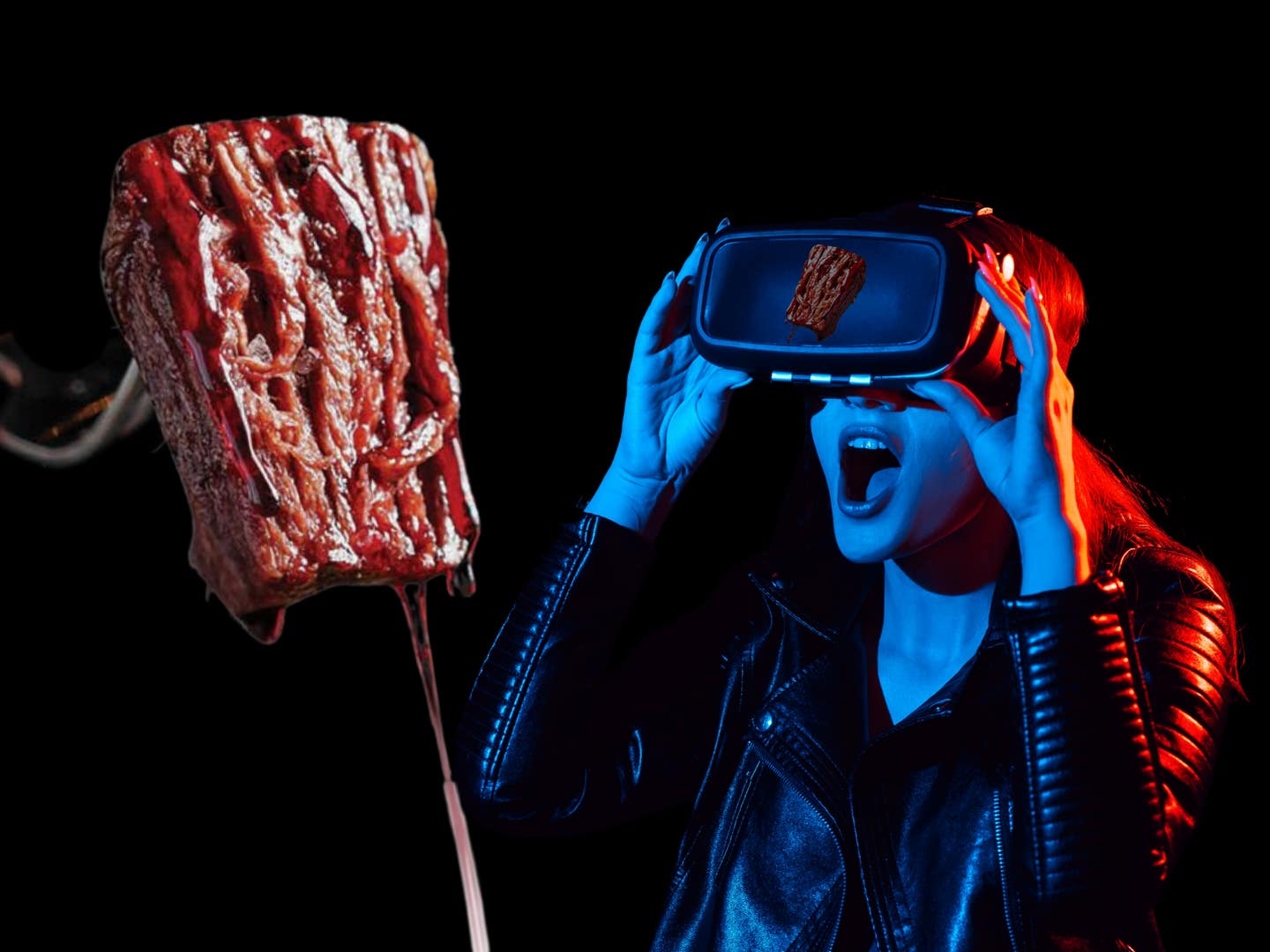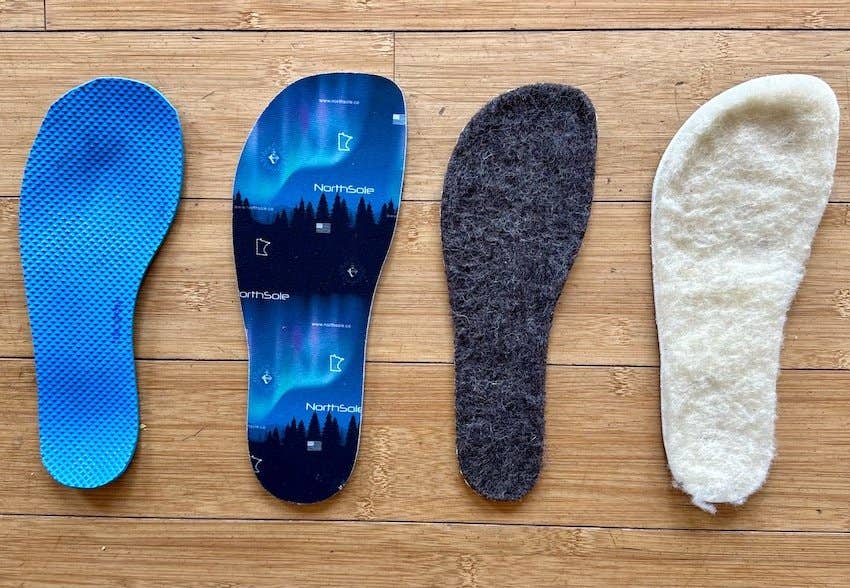Scientists make plant-based foods more appealing using extended reality
Can virtual touch and sight change how full you feel after eating? New research shows XR might be the key to enjoying plant-based meals.

XR tricks your senses to make plant-based food feel fuller and more satisfying—without changing the taste. (CREDIT: Freepik)
The way food is produced today puts enormous pressure on the planet. Agriculture consumes land, water, and energy at unsustainable rates. Climate change, deforestation, and pollution worsen each year. To ease this strain, experts urge a shift to more plant-based diets. These diets support human health and the planet, but many people struggle to give up the rich tastes and textures of animal-based meals.
A new wave of research, however, offers a fresh solution—make plant-based foods more appealing using extended reality. Scientists now explore how virtual and physical sensory tricks can change the way you experience food. The goal is simple: let you enjoy healthier meals without missing the pleasure of eating.
Using Tech to Transform Taste
Extended reality, or XR, refers to technologies that blend the physical world with virtual elements. It includes virtual reality (VR), augmented reality (AR), and mixed reality (MR). These tools can change how things look, feel, and even smell.
Researchers at Tampere University and VTT Technical Research Centre of Finland used XR to explore whether tech-enhanced food could satisfy both the body and the senses. Led by Professor Roope Raisamo, a specialist in human-technology interaction, the team created a multisensory eating system. The system changed how food looked, felt, and smelled during eating.
“We wanted to promote healthier eating habits without compromising on the pleasantness of eating,” Raisamo explained. In their latest study, the team examined how XR influenced people’s perception of both traditional meatballs and plant-based versions. Forty participants joined the experiment.
Surprising Results from Senses
In the study, the researchers used tools that enhanced three senses: sight, touch, and smell. The goal was to test if changing how food is experienced would also change how much people enjoyed it or how filling it felt.
Related Stories
For touch and vision, the XR effects worked well. When haptic feedback (touch) and visual changes were added, participants thought the meatballs and plant-based balls felt heavier and looked larger. These simple illusions had a big impact. The food seemed more satisfying, even though the portion size stayed the same.
But scent, or olfaction, told a different story. When XR added smell enhancements, the results were mixed. Participants didn’t find the XR-scented food to smell any stronger than the non-augmented version. In fact, they rated the scent of the XR-enhanced plant-based meatball as less appealing than the original. So, in this case, tech didn’t help.
Even more surprising, the multisensory system didn’t affect how the food tasted. Participants rated the taste the same, whether they ate a regular version or one enhanced through XR.
Why It Matters for the Future
While the effects on smell and taste were limited, the findings still offer hope. Haptic and visual changes alone made food feel more filling and satisfying. These tools could help people choose healthier or more sustainable options without feeling deprived. “This could be one way of facilitating more ecologically diverse food production and, at the same time, encouraging people to eat healthier,” said Raisamo.
This matters because climate-friendly foods like plant-based meat alternatives or even seaweed often struggle with consumer acceptance. People may know they are better for health and the environment but avoid them due to taste or texture. XR could bridge that gap.
Research Professor Nesli Sözer, who led the food aspect of the study at VTT, hopes the work leads to the creation of new food items and enjoyable eating experiences. Foods like seaweed, which many find unfamiliar, could become more common if tech makes them more pleasant.
New Ways to Interact with Food
Raisamo believes XR has more potential beyond just eating. “In the future, the olfactory and haptic sensations introduced by extended reality can be used in marketing and communication,” he said. Haptic devices that let users feel virtual textures are already available, although still rare. Scent modules are newer but could become common in the next few years.
Social media platforms, especially those popular among young users, may soon allow for touch and smell to be part of online communication. Imagine scrolling through a post and feeling or smelling something in real time. This could make content far more immersive and personal.
Raisamo’s team has long worked at the edge of this technology. They used artificial intelligence in XR research before it became widely known. Now, they study how XR systems can work closely with human users to improve performance, awareness, and decision-making. They focus on helping users better understand where they are, what they’re doing, and how to interact with their surroundings.
His team tracks brain responses, task completion, and satisfaction while people use AI-enhanced XR. They combine different techniques like space modeling, detection, and personalized interaction to create more responsive systems.
Leading the Way in Human-Tech Research
Since 2001, Raisamo has received major support from the Research Council of Finland. He has also received funding from Business Finland and the European Union. As the field grows, Raisamo sees more opportunities for XR to support health, sustainability, and better daily experiences.
While challenges remain—especially in scent and taste—this research shows that even small tricks with sight and touch can make plant-based meals feel more satisfying. That could help more people choose eco-friendly foods more often.
With XR, the future of food might not just be healthier—it could be more fun, too.
Research findings are available online in the Journal on Multimodal User Interfaces.
Note: The article above provided above by The Brighter Side of News.
Like these kind of feel good stories? Get The Brighter Side of News' newsletter.
Mac Oliveau
Science & Technology Writer | AI and Robotics Reporter
Mac Oliveau is a Los Angeles–based science and technology journalist for The Brighter Side of News, an online publication focused on uplifting, transformative stories from around the globe. Passionate about spotlighting groundbreaking discoveries and innovations, Mac covers a broad spectrum of topics—from medical breakthroughs and artificial intelligence to green tech and archeology. With a talent for making complex science clear and compelling, they connect readers to the advancements shaping a brighter, more hopeful future.



